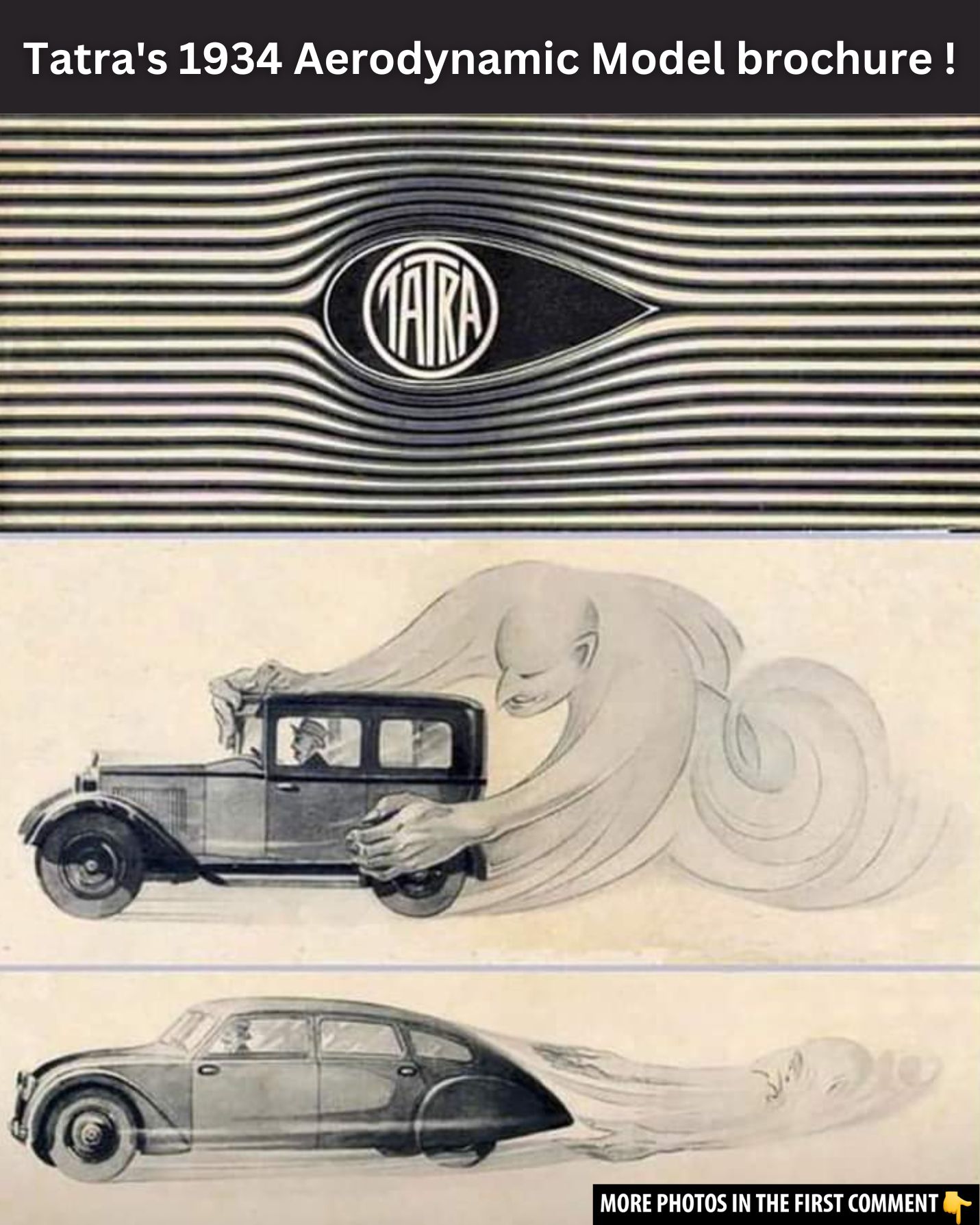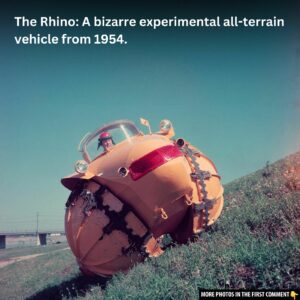In the early days of automobiles, cars were more than just machines—they were symbols of progress, luxury, and modernity. The advertising of these early vehicles, often aimed at the wealthy elite, evolved over time into the visually stunning and clever campaigns we recognize today. From the straightforward and simple early ads to the bold and innovative campaigns of the 1950s, automobile advertising played a pivotal role in shaping public perception and driving demand for cars. This article takes a deep dive into the fascinating world of vintage car advertisements from the 1900s to the 1950s, exploring the evolution of marketing in the automobile industry and how it influenced society’s view of cars.
Introduction: The Evolution of Automobile Advertising
The automobile revolutionized society, creating a need for bold and innovative advertising. In the beginning, cars were perceived as a luxury item, something reserved for the wealthy and elite. As automobile technology progressed and production scaled up, car advertisements began to target a broader audience. The earliest automobile ads were simple, straightforward, and often highlighted the practical benefits of owning a car—focusing on reliability, speed, and maintenance. But as time passed, the approach to advertising shifted, using more creative and visually stunning designs to captivate audiences.
The First Automobile Ads: A New Era Begins
The very first car advertisement appeared in 1898, promoting the Winton Motor Carriage. This simple ad took a direct approach, offering a comparison between the car and a horse—two of the main modes of transportation at the time.

The ad claimed that the car was “not costly to maintain,” had a speed of 20 mph, and “no odor,” setting it apart from the horse-drawn carriages of the era. By positioning the automobile as a cleaner, more efficient alternative, the ad established the groundwork for future campaigns. Early car ads were often focused on convincing people that cars were more practical than the alternatives—despite their high cost and limited availability.
The Early 20th Century: The Birth of Auto Advertising
As automobiles started to gain popularity in the early 20th century, advertising began to shift toward emphasizing the status and luxury associated with owning a car. At this time, cars were still competing for road space with other means of transport, and very few people could afford one.
Automobile ads targeted the wealthy, with a focus on the ease and convenience of driving rather than the practicality of the vehicle. Many ads showcased cars as symbols of status, advertising them as perfect for the elite who wanted to make an entrance at social events. These ads also often appealed to chauffeurs, who were responsible for maintaining and operating the vehicles.
The Rise of Creativity: 1910s to 1930s
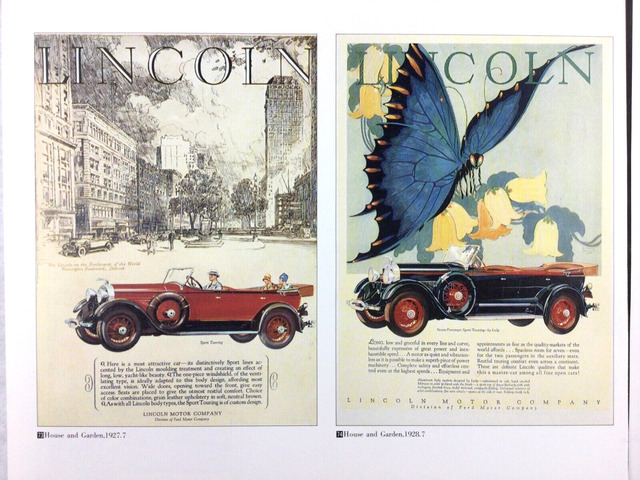
The 1910s and 1920s marked a period of great experimentation in car advertising. With the rise of mass printing, car advertisements started to appear in a wider range of publications, and creative approaches were used to draw attention. During this time, automobile ads became more colorful and artistic, incorporating elements of Art Deco design. One notable example is the Ford Lincoln ad, which showcased sleek designs in vibrant but simple colors. Ford, who was a proponent of simplicity, struggled to maintain a minimalist approach in his ads as the industry embraced a more artistic style.
By the 1930s, however, the Great Depression had significantly impacted the automobile industry, leading to a shift in the tone of advertising. While some ads still maintained the same level of luxury, others began to focus more on the practical and affordable aspects of owning a car. The ads of this era often had a slight “jet-setting” feel, portraying cars as a means of travel and escape, despite the economic challenges. Additionally, some advertisements during the depression had a more somber tone, acknowledging the challenges of the time while still highlighting the cars’ appeal.
Video
Check out the video to watch the 1935 Chevrolet commercial!
The Great Depression and the Shift in Advertising Style
The 1930s saw a major shift in how cars were marketed. The global economic downturn led to a focus on affordability and practicality in car advertisements. During this time, the emphasis was on cars as an escape from the hardships of daily life. Advertisements began to adopt a more hopeful and uplifting tone, with visuals that conveyed a sense of travel, adventure, and escape. Despite the economic challenges, cars were still marketed as symbols of freedom and opportunity, with ads portraying them as the gateway to a better life.
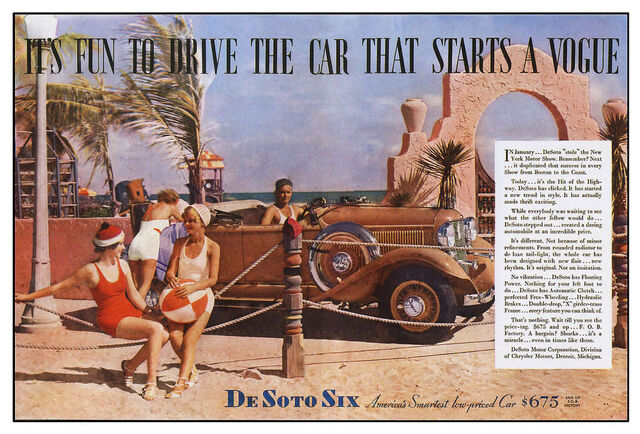
Post-War Boom: The 1950s and Iconic Ads
The 1950s marked a period of prosperity and change in the automobile industry. With the end of World War II, the economy boomed, and the demand for cars surged. During this time, automobile advertising became bold and extravagant, mirroring the American cars of the era. Ads were more colorful and dynamic, and they often portrayed cars as symbols of modernity, status, and luxury.
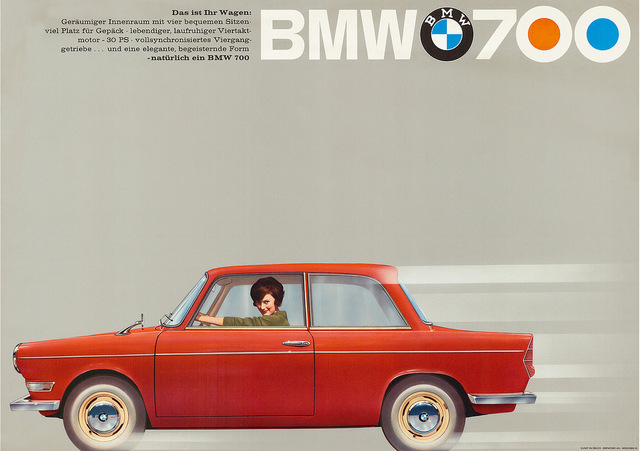
However, in 1959, Volkswagen introduced the iconic “Think Small” campaign for the Beetle, which revolutionized automobile advertising. This campaign stood in stark contrast to the grandiose ads of the time, using a simple and honest approach that highlighted the Beetle’s modest size and practicality. It was a groundbreaking moment in advertising history, and the campaign is still regarded as one of the most effective marketing strategies ever.
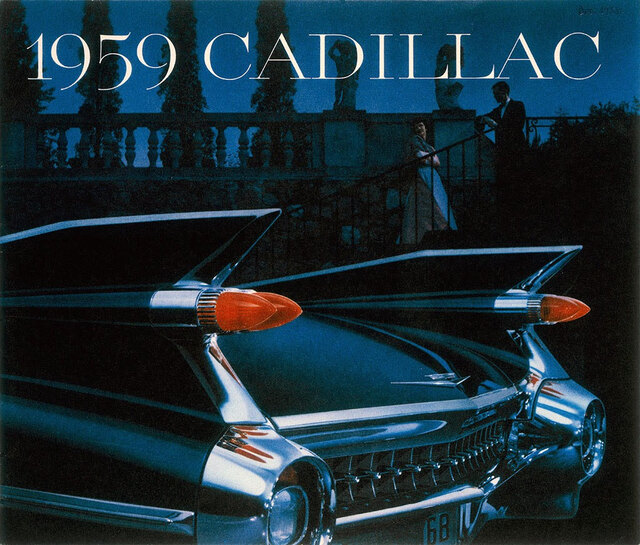
Volkswagen’s Revolutionary “Think Small” Campaign

Volkswagen’s “Think Small” campaign, launched in 1959, marked a turning point in the way cars were advertised. Rather than focusing on the flashy, oversized vehicles that dominated the market, Volkswagen embraced a minimalist approach, emphasizing the practicality and affordability of the Beetle. The ad featured simple, no-frills copy and images that portrayed the Beetle as a sensible, down-to-earth alternative to the larger, more extravagant cars of the era. The “Think Small” campaign not only revolutionized car advertising but also challenged the norms of American consumerism by promoting the idea of less being more. This campaign would go on to become a marketing textbook example and remain an iconic piece of advertising history.
Gallery: A Collection of Vintage Car Ads from the 1900s to 1950s

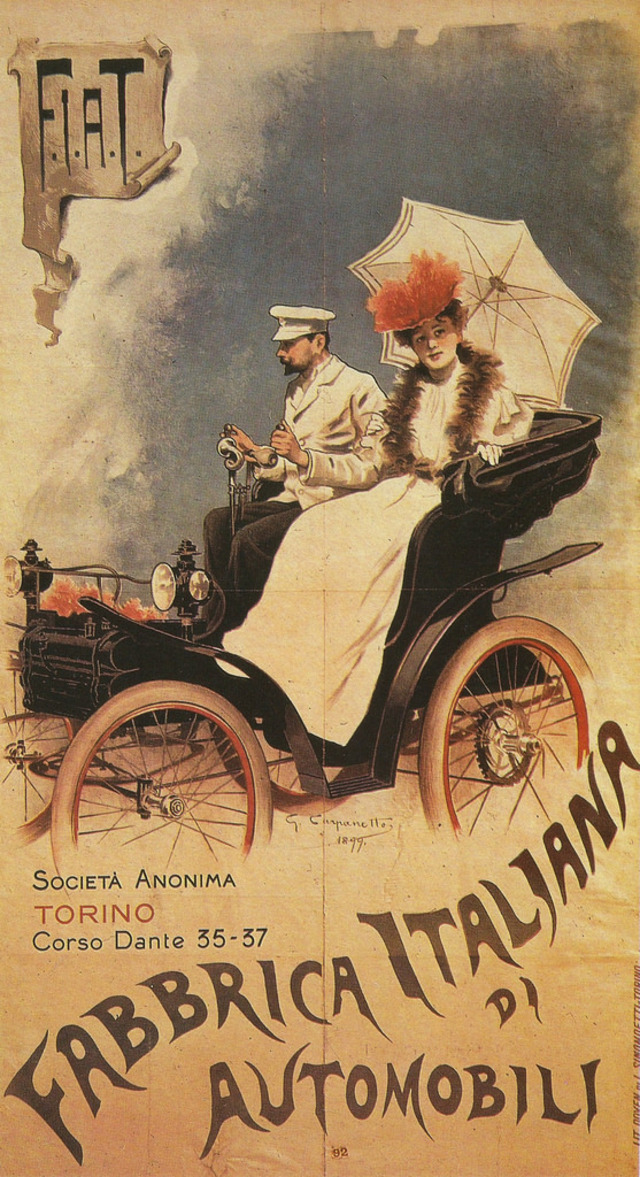
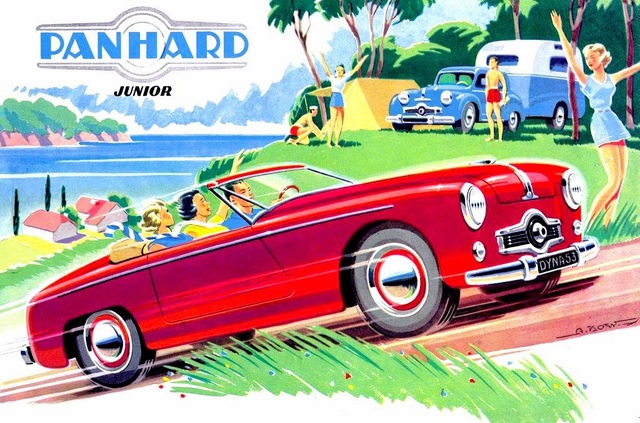

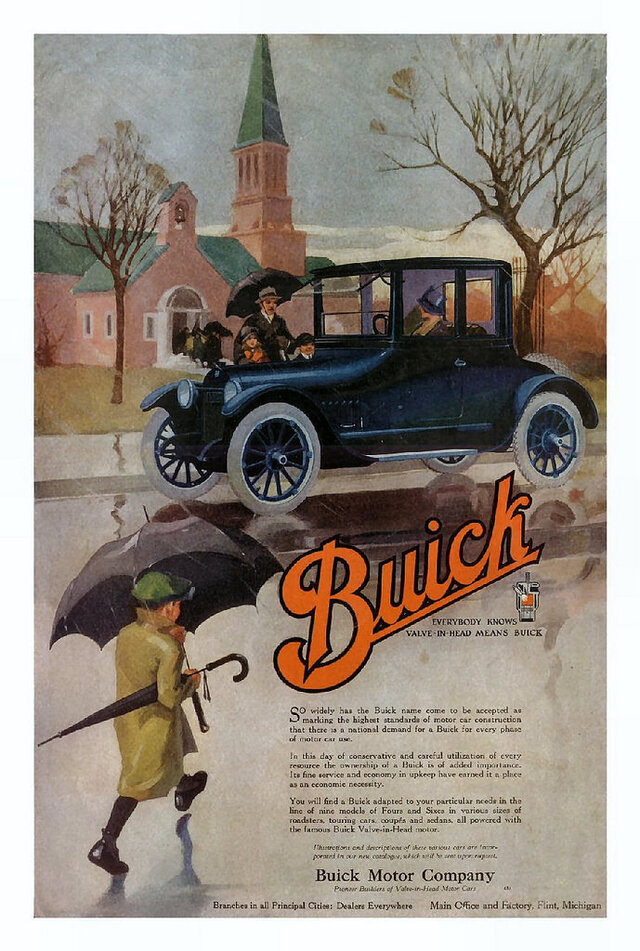
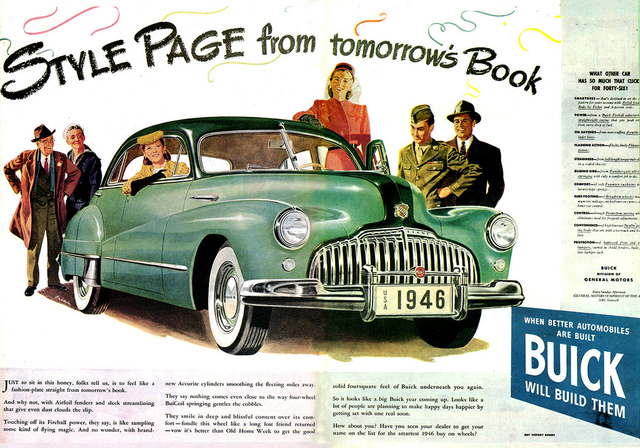
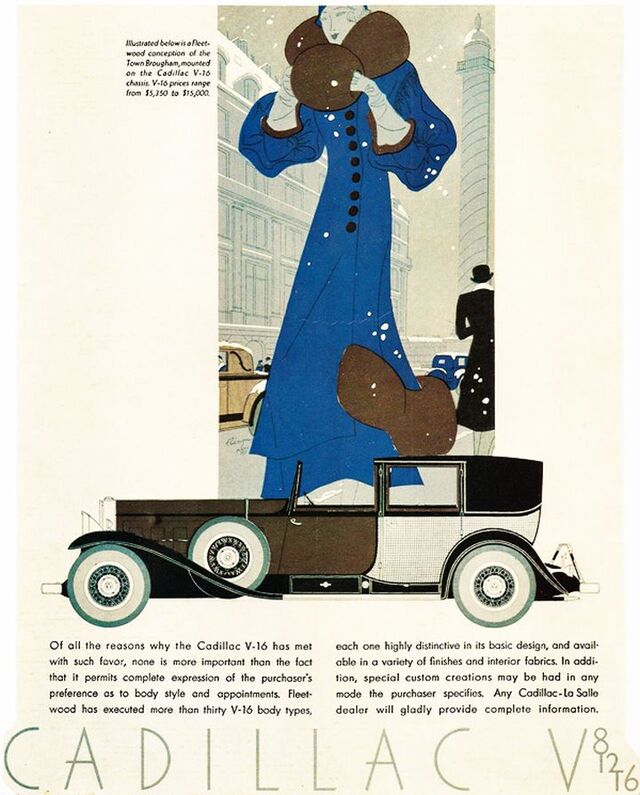

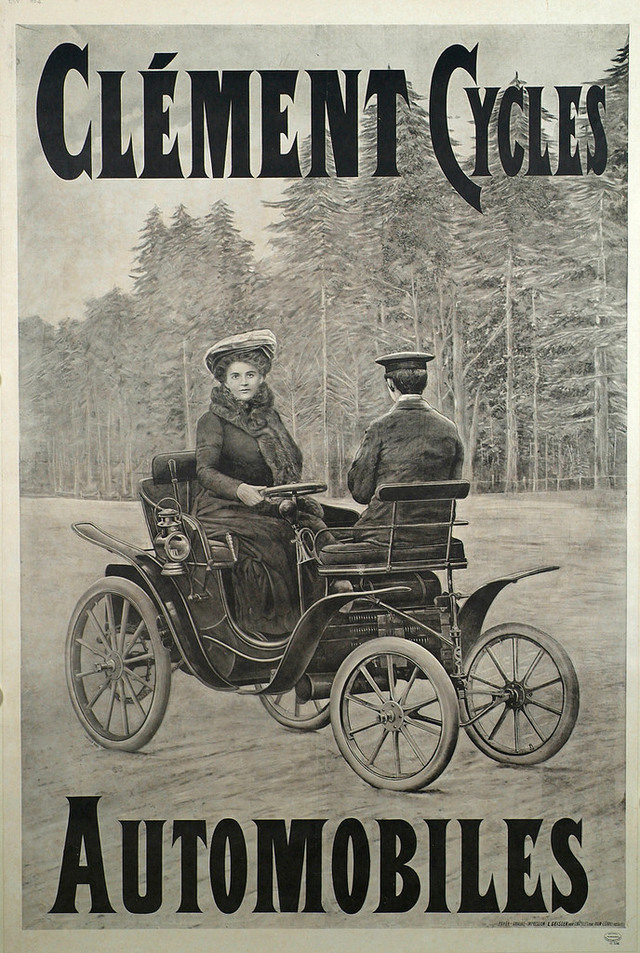

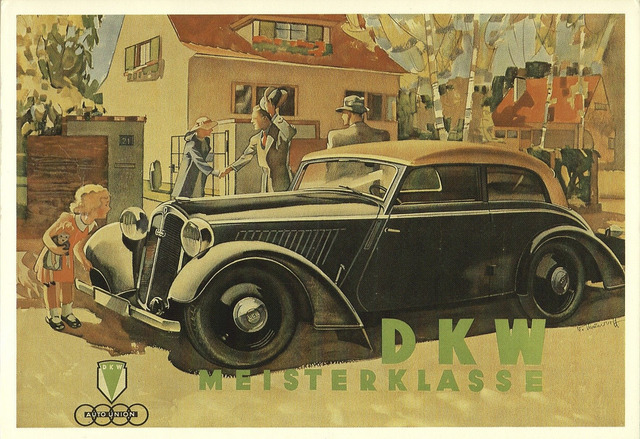


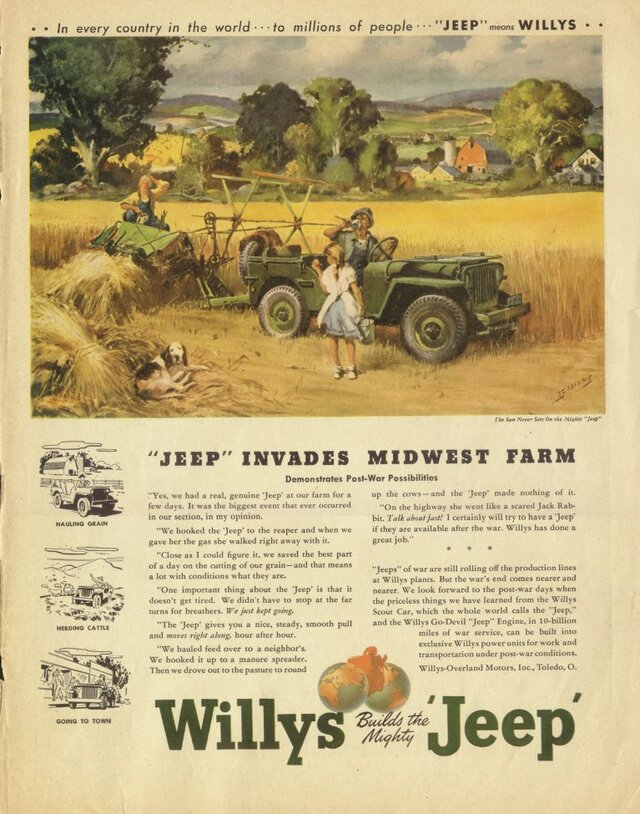
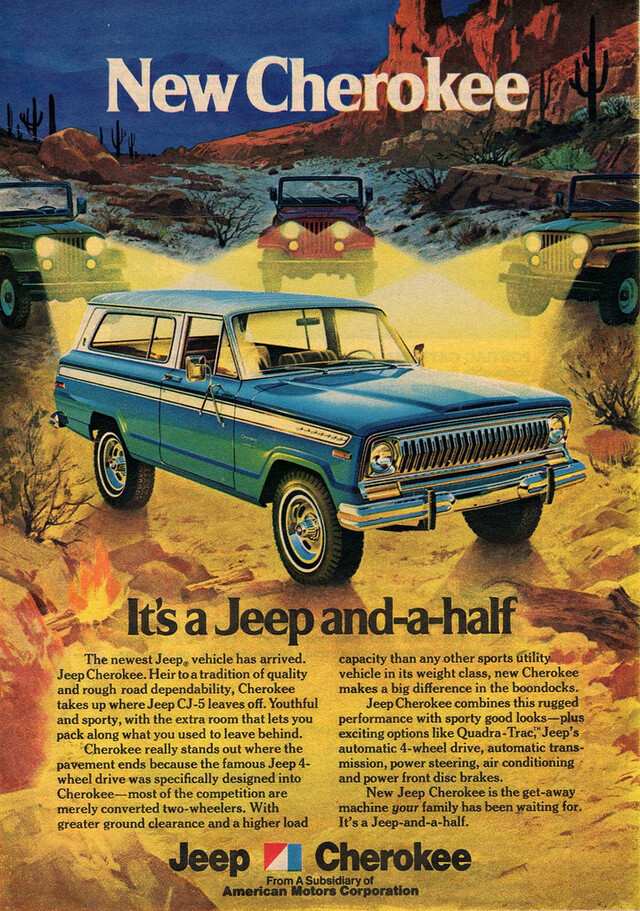
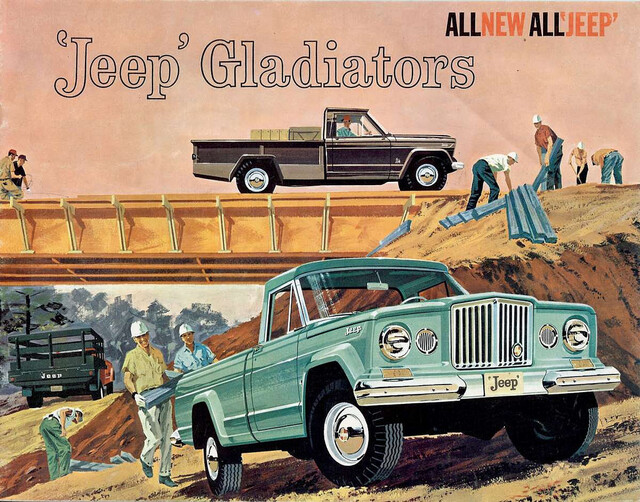
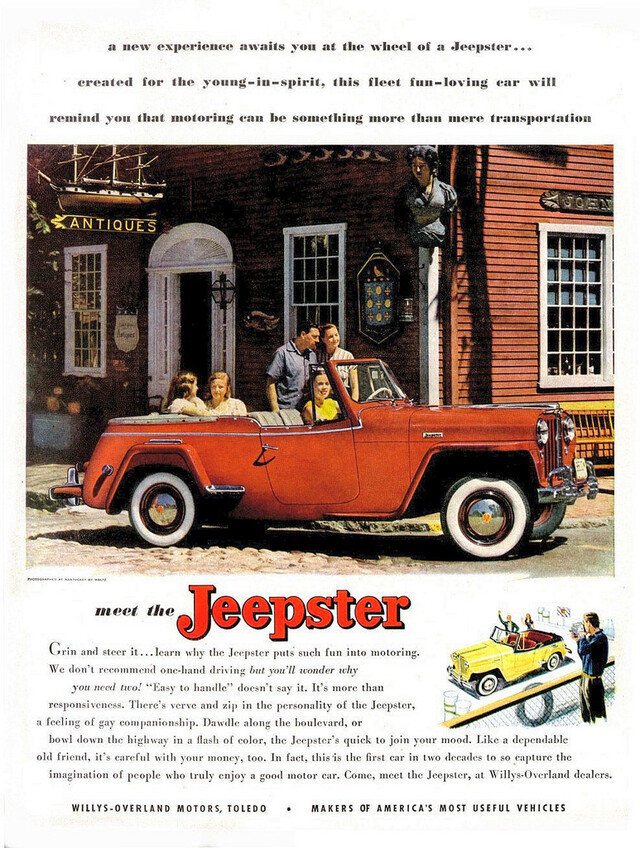
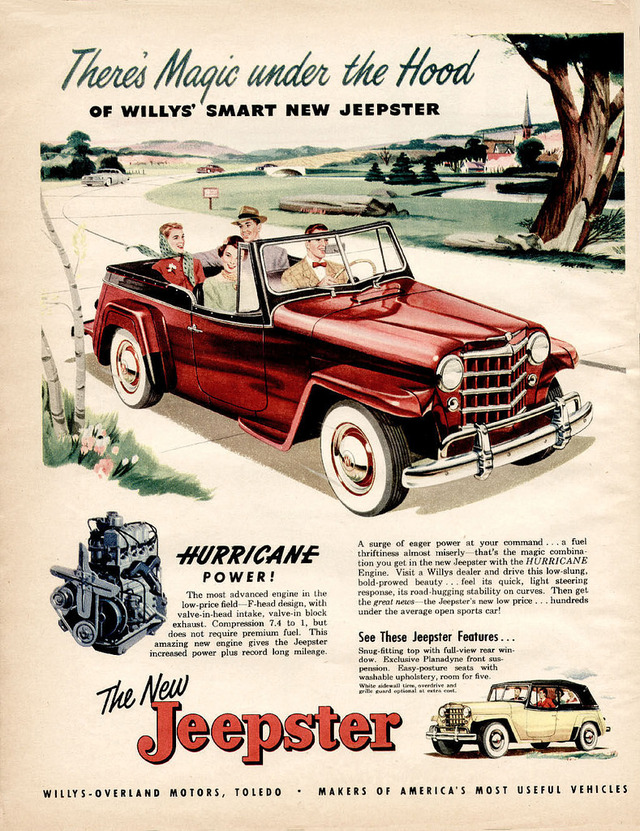
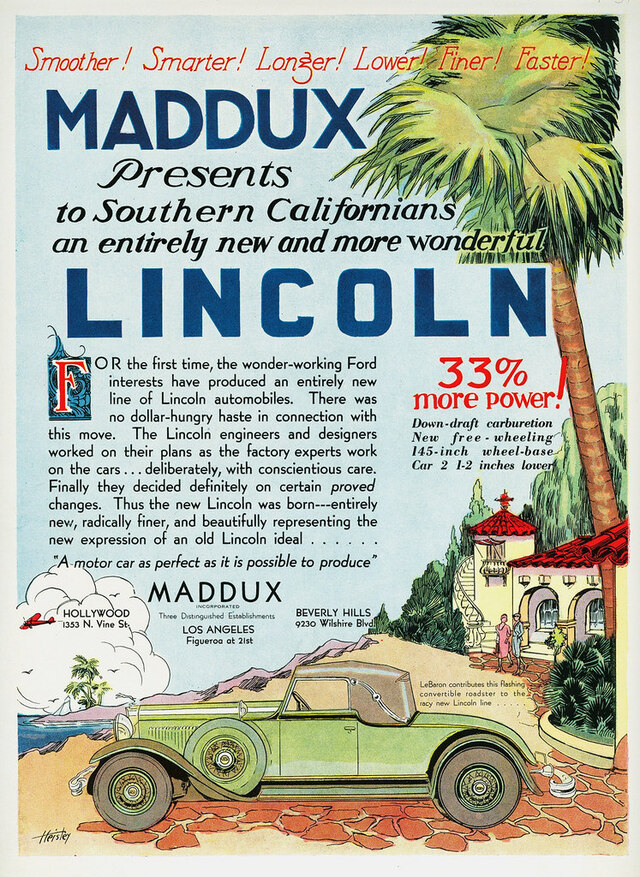



















Video
Watch the video to see 20 rare Ford pickup truck commercials from the 1980s, featuring the F-150 and Ranger!
Conclusion: The Legacy of Vintage Car Advertisements
The evolution of car advertisements from the early 1900s to the 1950s reflects the changing societal values and cultural shifts of the time. From the simple and straightforward ads of the early days to the bold and creative campaigns of the mid-century, automobile marketing played a significant role in shaping how cars were perceived by the public. Today, we can look back at these vintage ads and appreciate not only their historical value but also the creative ingenuity that went into their design. The legacy of these advertisements continues to influence the marketing strategies of today, proving that a well-crafted ad can leave a lasting impact on both the industry and society.
